Here are a few of our former projects, done before our last portfolio update.
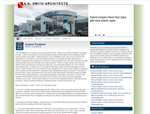 |
Kent Smith Architects – Kent wanted more than just another blogging site; he wanted a site with unusual design (courtesy of APRiori Creative) and video capabilities. Using WordPress as a foundation, Techivity helped Kent make sense of hundreds of blogging plugins and resources to get what he needed. |
 |
silex Technology America – silex needed a new web site, a fresh look and feel, with a management system that would allow them to keep track of their extensive pages of content while providing the ability for people throughout their organization to maintain separate pages. |
 |
BelleHavens – BelleHavens is a destination club where members can spend time in fabulous locations, staying in million dollar homes. VorpalJack updated their online reservation system, provided marketing analytics, SEO advice and provides hosting and technical management services. |
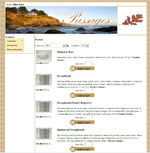 |
Heirloom Passages – Specializes in producing beautiful, heirloom quality products to memorialize important events. VorpalJack provided this startup with a web presence, consultation and online store at a price they could afford. |
| Icon Remodeling – A full service design-build firm comprised of certified, quality-oriented staff that reflect innovative ideas, comprehensive services, and attention to detail. VorpalJack helped Icon to identify what site map would best serve their business and developed a web presence for Icon that includes a FAQ, a portfolio, and information about Icon and the services it offers. In addition, VorpalJack trained their staff to update and maintain the site themselves. We are especially proud of the custom engineered slideshow plugin that displays Icon’s portfolio while giving them a user-friendly GUI to update the slides any time they want. | |
 |
Corda Technologies – The global leader in interactive data visualization software and solutions. VorpalJack converted Corda’s site from over 1000 individual HTML pages to a template system that greatly simplified maintenance. Using custom software, VorpalJack processed more than 1000 content pages to fit within the new templates and added new flash driven and HTML content to reflect new product lines. Best of all, the entire project was delivered ahead of schedule and under budget. |
 |
Fulcrum Biometrics – Fulcrum Biometrics is a leading provider and distributor of multiple biometric identification technologies. Fulcrum needed a new website with an online store. VorpalJack provided Fulcrum with that site, a customized template, menu system and training that has allowed Fulcrum to mange and update their site on their own. VorpalJack continues to provide technical services to Fulcrum on a regular basis, helping them maintain and manage a very active and successful site. |
 |
Atto Solutions – Atto Solutions is the premiere provider of freight auditing services for companies of all sizes. VorpalJack built a user friendly web interface to allow Atto Solutions’ customers to enter account information, pay bills and view extensive reports showing detailed shipping and cost information. Our database stores millions of records for Atto Solutions customers to review their freight expenses and ensure they are not over-spending. |
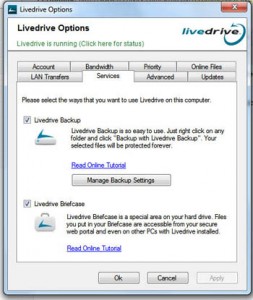
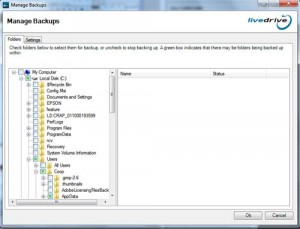

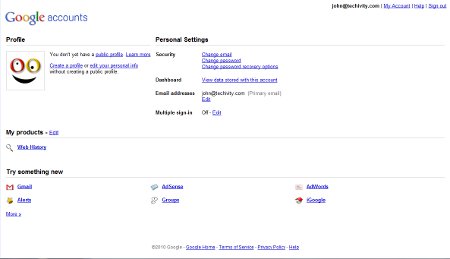
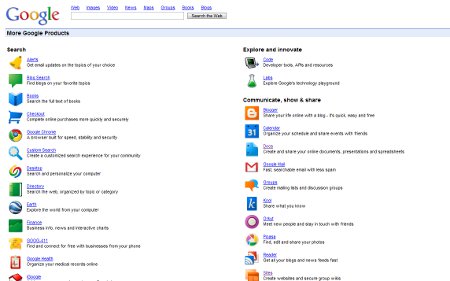
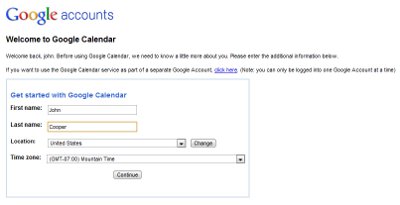

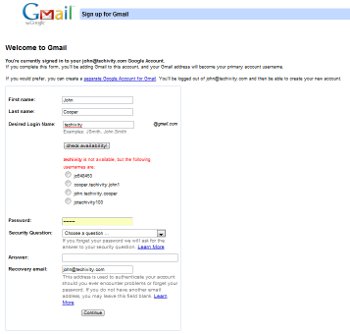
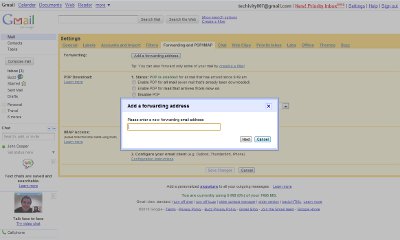
Recent Comments